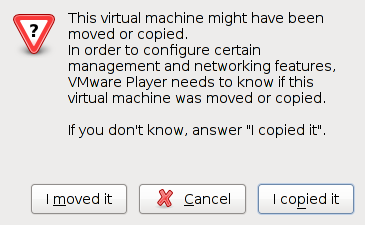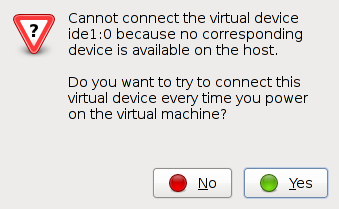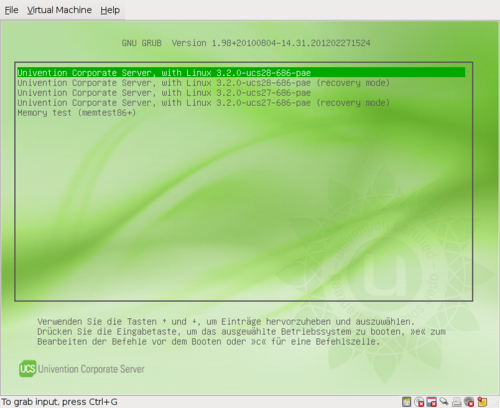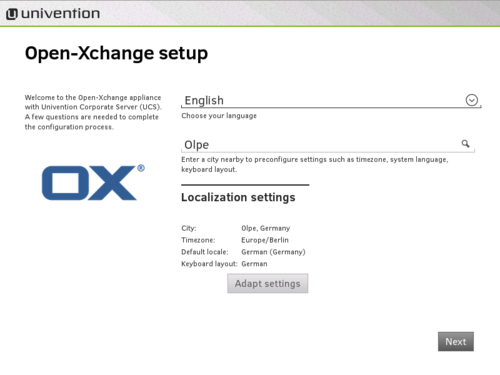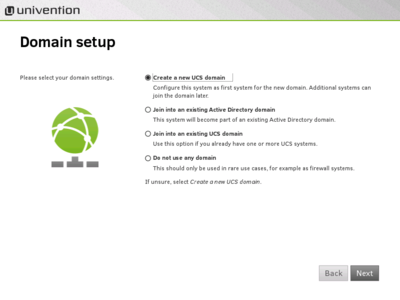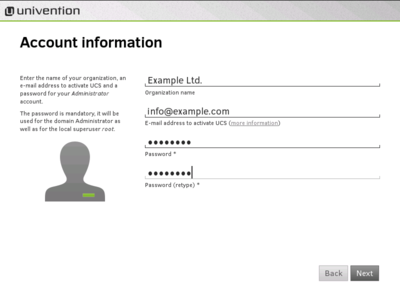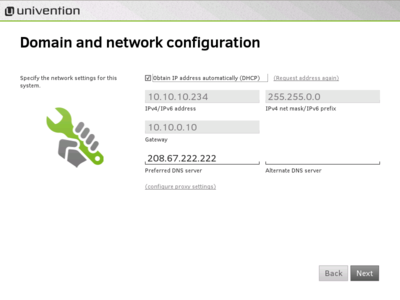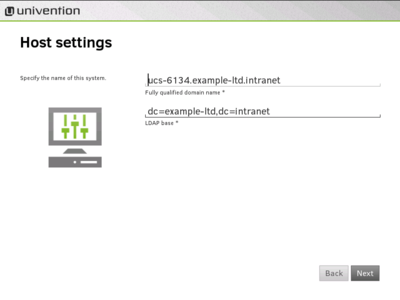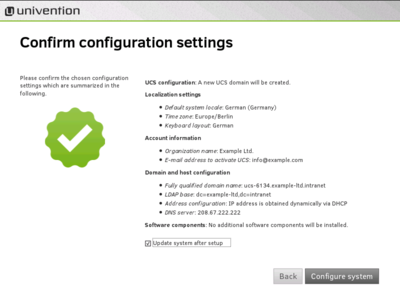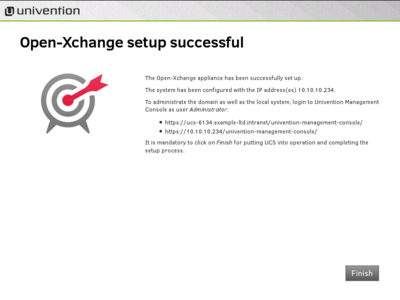AppSuite:Demoinstallation: Difference between revisions
| Line 4: | Line 4: | ||
This full-featured virtual machine contains Open-Xchange App Suite integrated with UCS 3.2 is ideal for organizations interested in taking a test drive without installing a system. The following versions are integrated: | This full-featured virtual machine contains Open-Xchange App Suite integrated with UCS 3.2 is ideal for organizations interested in taking a test drive without installing a system. The following versions are integrated: | ||
* OX Server Edition 6 v6.22. | * OX Server Edition 6 v6.22.7 | ||
* OX App Suite v7. | * OX App Suite v7.6.0 | ||
* Univention Corporate Server 3.2 | * Univention Corporate Server 3.2 | ||
Revision as of 07:30, 23 September 2014
Open-Xchange SE / App Suite for UCS VMware© Demo
Welcome to the Open-Xchange SE / App Suite for UCS Demo.
This full-featured virtual machine contains Open-Xchange App Suite integrated with UCS 3.2 is ideal for organizations interested in taking a test drive without installing a system. The following versions are integrated:
- OX Server Edition 6 v6.22.7
- OX App Suite v7.6.0
- Univention Corporate Server 3.2
Please Note: This Demo is limited to five users and not recommended for productive environments. There is no installation- and technical support provided
Getting Started
OX App Suite Demo can be downloaded as zip archive from the download area. On Windows, you can unpack this archive easily with Windows Explorer or tools like winzip. Usually, a folder has to be created to hold the files.
To run OX App Suite Demo, users require VMware Player 5.0.2 or later, which can be downloaded from http://www.vmware.com/download/player/
To start OX App Suite Demo on Linux, use the following command:
$ vmplayer pathToImage/Open-Xchange-UCS-Demo-Appliance.vmx
When asked by VMWare if the image has been copied or moved, please answer copied.
When asked by VMware if you want to connect the virtual device every time you power on the virtual machine, please answer Yes.
Afterwards the VMWare image gets started.
Upon start the boot menu appears. The default chosen entry Univention Corporate Server … will be started either with the return key or automatically after 5 seconds. After the first boot, the appliance consisting of Univention Corporate Server (UCS) and Open-Xchange App Suite opens the wizard for the base settings using the UCS Appliance mode.
Settings
The network access in the VMware image is set to "Bridged mode" in order to enable a network configuration for access to the test system from inside the local network. The wizard guides the user through the following steps of the initial configuration of UCS as VMware image.
| Domain setup for configuration of the UCS system role in the environment. If the system is the first UCS system in the environment, the setting has to be left at Create a new UCS domain.
|
|
| Administrator account information for configuration of the Administrator account on the system. The password for the administrator account has to be provided here.
|
|
| Domain and host configuration for configuration of fully qualified domain name (FQDN) and LDAP base. The fully qualified domain name is automatically suggested from the administrator account setting and can be customized.
|
|
| Certificate settings for configuration of the SSL certificate. The settings may be left as is.
|
|
| Software configuration for installation of additional software components. The settings can be left as is.
Depending on the test purpose additional software components may be chosen that will be installed after finishing the configuration. The component Mail server has been chosen as additional component in this example. Click on Next. |
|
| Finishing the configuration takes a moment. Hostname, LDAP base, Domain and network settings are configured, if necessary additional software will be installed and the system will join the domain. | |
| Afterwards the system setup is finished and the system is ready for operation. |
First steps with the SE / App Suite for UCS system
The system can be accessed with the already present accounts "root" and "Administrator" after reboot. Both user accounts use the root password that has been set during the base settings.
UCS management system
The UCS management system can be accessed with a web browser through the configured IP address during the initial configuration. The URL is https://<IP address>. For example, if the suggested IP address 192.168.0.140 has been set, the URL would be https://192.168.0.140.
All settings in the scope of the domain can be configured in the domain management of the UCS management, e.g. management of users, groups, configuration of mail etc. The user account "Administrator" should be used for administration tasks.
Graphical login
If Desktop environment is selected KDE is installed as desktop on the UCS system. It allows users to have a graphical login to the system. The user "root" is not allowed to login to the desktop by default. To test the graphical environment without adding a new user, the user "Administrator" may be used.
Documentation
Further information about the Open-Xchange Server Edition / OX App Suite for UCS and the underlying operating system Univention Corporate Server (UCS) can be found in the Open-Xchange Knowledge Base.
